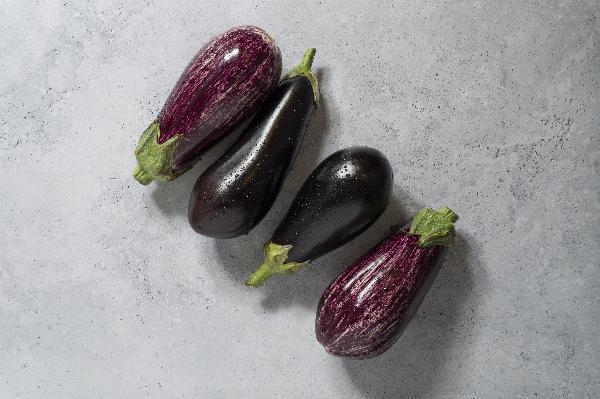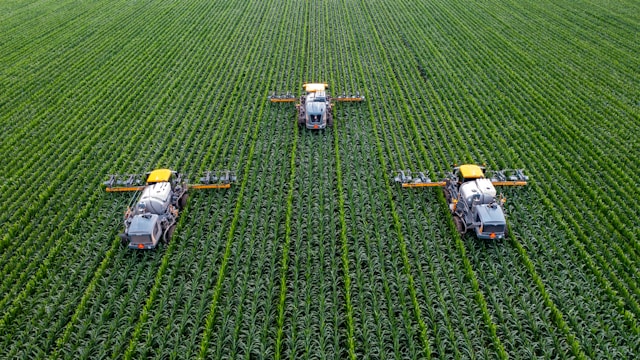Best Practices for Storing and Preserving VNR Bottle Gourd Seeds

VNR (Vegetable Network Research) Bottle gourd, scientifically known as Lagenaria siceraria, is a popular vegetable crop known for its versatility and nutritional value. Proper storage and preservation of its seeds are crucial for maintaining their viability and ensuring successful future plantings. This article outlines the best practices for storing and preserving VNR Bottle gourd seeds to maximize their longevity and germination rates.
Seed Selection and Harvesting
The first step in preserving high-quality seeds begins with proper selection and harvesting. Choose fully mature fruits from healthy, disease-free plants that exhibit desirable traits. Harvest the fruits when they have turned completely brown and dry on the vine. This typically occurs about 20-30 days after the fruit has reached its full size.
Seed Extraction and Cleaning
Cut open the dried gourd and remove the seeds. Separate the seeds from the pulp and fiber by hand or by using a fine-mesh sieve. Rinse the seeds thoroughly with clean water to remove any remaining debris. Spread the clean seeds on a flat surface lined with paper towels or a clean cloth to air dry.
Drying Process
Proper drying is crucial for long-term seed storage. Spread the seeds in a single layer on a clean, dry surface in a well-ventilated area away from direct sunlight. Allow the seeds to dry naturally for 5-7 days, or until they are completely dry and brittle. To test for dryness, try to bend a seed – it should snap rather than flex.
Seed Treatment
Before storage, consider treating the seeds to prevent fungal growth and insect infestation. Natural treatments include mixing the seeds with wood ash or diatomaceous earth. For chemical treatment, use a fungicide powder specifically designed for seed treatment, following the manufacturer's instructions carefully.
Storage Containers
Choose appropriate containers for seed storage. Glass jars, metal tins, or thick plastic containers with tight-fitting lids are ideal. Avoid using paper or cloth bags, as they can absorb moisture from the air. Ensure that the containers are clean, dry, and free from any residual moisture or odors.
Storage Environment
The storage environment plays a crucial role in seed longevity. VNR Bottle gourd seeds should be stored in a cool, dry, and dark place. Ideal conditions include:
Temperature: 10°C to 15°C (50°F to 59°F)
Relative Humidity: 20% to 30%
Light: Minimal exposure
Moisture Control
Controlling moisture is critical for preventing seed deterioration. Include desiccants such as silica gel packets or powdered milk in the storage containers to absorb any residual moisture. Replace these desiccants periodically to maintain their effectiveness.
Labeling and Record Keeping
Properly label each container with the seed variety, date of harvest, and any other relevant information. Maintain a seed inventory log to track the age and quantity of stored seeds. This practice helps in rotating seed stock and ensures that older seeds are used first.
Regular Inspection
Inspect stored seeds every 3-4 months for signs of moisture, mold, or insect activity. If any issues are detected, immediately remove the affected seeds and re-evaluate the storage conditions.
Germination Testing
Conduct periodic germination tests to assess seed viability. Place a sample of seeds between moist paper towels, maintain proper temperature and moisture, and check for germination after 7-10 days. A germination rate of 75% or higher indicates good seed quality.
Long-term Storage Techniques
For long-term storage (over 3 years), consider using more advanced preservation methods:
Vacuum sealing: Remove air from the storage containers to minimize oxidation.
Freezing: Store seeds in airtight containers in a freezer at -18°C (0°F) or below.
Cryopreservation: For valuable genetic material, use liquid nitrogen storage at -196°C (-320.8°F).
Seed Regeneration
To maintain genetic diversity and seed viability, plan for periodic seed regeneration. Grow out a portion of the stored seeds every 3-5 years to produce fresh seed stock.
Table: VNR Bottle Gourd Seed Storage Guidelines
Factor |
Optimal Condition | Notes |
| Temperature | 10°C to 15°C (50°F to 59°F) | Consistent temperature is key |
| Relative Humidity | 20% to 30% | Use desiccants to control moisture |
| Light Exposure | Minimal | Store in opaque containers |
| Container Type | Airtight glass, metal, or plastic | Ensure containers are clean and dry |
| Seed Moisture Content | 5-7% | Critical for maintaining viability |
| Storage Duration | Up to 5 years | Under optimal conditions |
| Germination Rate | >75% | Test annually |
Seed Exchange and Conservation
Participate in seed exchange programs with other growers or seed banks to maintain genetic diversity and preserve rare or heirloom VNR Bottle gourd varieties. This practice not only helps in conserving biodiversity but also allows access to a wider range of genetic material for future breeding programs.
Adapting to Climate Change
As climate patterns shift, it's important to select and preserve seeds from plants that show resilience to changing environmental conditions. Pay attention to VNR Bottle gourd plants that perform well under stress, such as drought or heat, and prioritize their seeds for preservation.
Education and Training
Invest time in educating yourself and others about proper seed saving techniques. Attend workshops, join gardening communities, and share knowledge with fellow growers. The more people understand the importance of proper seed storage, the better our collective chances of preserving valuable plant genetic resources.
Conclusion
Proper storage and preservation of VNR Bottle gourd seeds are essential for maintaining seed viability and ensuring successful future crops. By following these best practices, growers can significantly extend the life of their seeds, maintain genetic diversity, and contribute to the sustainable production of this valuable vegetable crop. Remember that seed preservation is not just about maintaining a food source; it's about safeguarding biodiversity and ensuring food security for future generations. With careful attention to detail and a commitment to proper storage techniques, VNR Bottle gourd seeds can remain viable for many years, ready to produce healthy, productive plants when needed.
Note: IndiBlogHub features both user-submitted and editorial content. We do not verify third-party contributions. Read our Disclaimer and Privacy Policyfor details.





